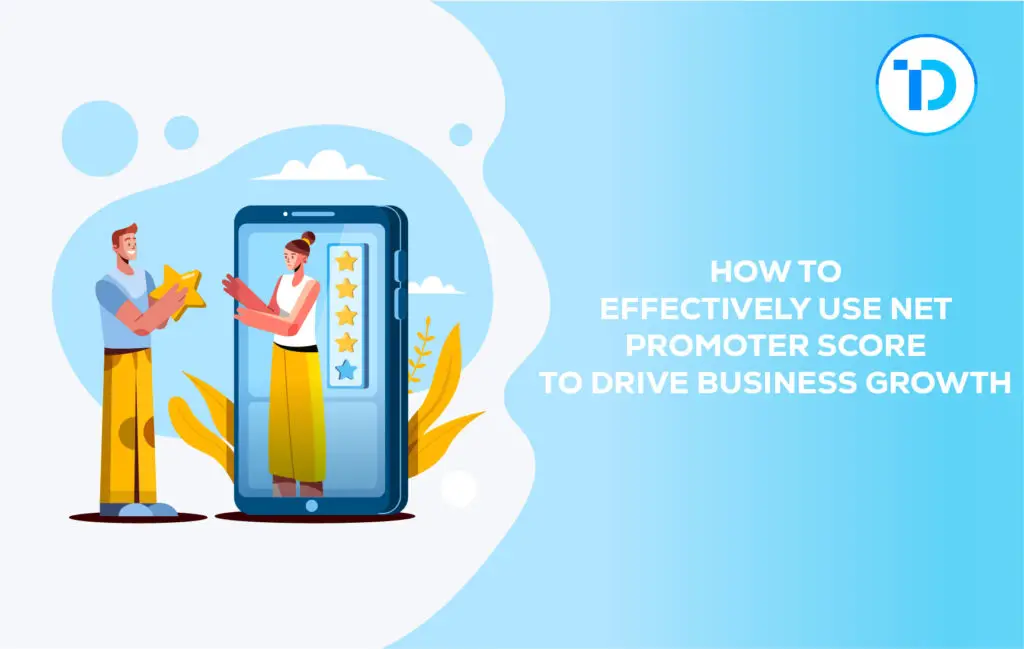NPS is a straightforward metric that can help companies leverage customer loyalty as a competitive advantage. It is predicated on one question: How likely are you to tell a friend about this product or service? Although obtaining NPS is simple, applying it calls for consideration.
Detractors
When analyzing your NPS score, the detractor’s percentage is essential. Detractors are unhappy customers who can negatively impact your business with negative word-of-mouth and decrease customer retention. However, there are strategies you can use to turn your detractors into promoters. Personalized follow-ups and proactive customer service tactics are some of the best ways to do this. Creating more Promoters and eliminating Detractors is the key to driving your net promoter score and improving your business. Promoters are your brand ambassadors, the most significant source of positive word-of-mouth. It is also more cost-effective to acquire new business from Promoters than to win back Detractors.
To improve your NPS, focus on identifying and solving any recurring issues. Ensure your frontline team is trained to listen attentively and act on customer feedback while providing a personalized experience. In addition, focusing on converting Detractors into Promoters will help you build more robust and loyal customer relationships. To get started, take an NPS survey. Immediately receive the insights you need to drive business growth and start making improvements. You can also analyze your NPS data to see your customer base’s distribution of Promoters, Passives, and Detractors. A skewed distribution towards Promoters can indicate that your adaptations are working, while many Detractors suggest that you must address any issues quickly.
Passives
Customers who are promoters drive repeat purchases, growth, and referrals. Focusing on turning Passives into Promoters is the best way to grow your business. These are your most loyal and recommended customers. They will be your best source of customer referrals and tend to have a higher lifetime value than those who are satisfied with your product or service. Focusing on Detractors is important, but addressing Passives’ feedback is essential to drive sustainable business growth. It’s critical to pinpoint persistent problems, put fixes in place, and track the effects of those adjustments over time. It requires cross-functional collaboration between departments, such as customer support, sales, and product development. In addition, identifying the root cause of the problem is essential to avoid repeating the same mistake.
Word of Mouth
Word of mouth is the most potent form of marketing. Customers who are genuinely passionate about your brand will recommend it to their friends and family without being asked. Using this marketing strategy, you can create explosive growth for your business. Unlike paid advertising campaigns, word of mouth is free and can reach many more people quickly. It is also very measurable, making it easy to see the impact of your efforts. To increase your chances of success with word of mouth, ensure you understand your target audience. It will help you develop a more effective campaign that will resonate with them on a deeper level.
One of the best ways to generate word of mouth is by encouraging your employees to serve as brand ambassadors. You can offer incentives like referral bonuses or a rewards program to do this. You can also use social media to monitor conversations around your business and products.
Although relying solely on word of mouth is tempting, it is hazardous for businesses to do so. It would help to have a well-rounded marketing strategy to drive business growth, including customer retention and prospect conversion. You can accomplish these objectives with the power of the net promoter score. You can create a solid basis for long-term business success by concentrating on your critics, apathy, and advocates.
Promoters
The goal of NPS is to consistently turn customers into advocates who recommend the brand to others. These “promoters” are typically loyal and fuel growth by generating positive word of mouth. To measure NPS, companies use a simple survey with one question that asks the respondent to rate how likely they are to recommend the product or service to others. Individuals who score nine or ten are considered promoters; those who score seven or eight are called passives, and those who score zero to six are called detractors. Promoters are those who score nine or ten; passives are those who score seven or eight; and detractors are those who score between zero and six. The NPS is calculated by taking the percentage of critics and the percentage of promoters and subtracting them. Many organizations supplement the NPS survey with open-ended questions for additional qualitative feedback and insight.
Ideally, a business would survey customers at regular intervals (every quarter or bi-annually, for example) to obtain consistent data on customer satisfaction. Over-surveying, however, must be avoided as this can lower response rates and cause survey fatigue. It is critical to analyze the results of each survey thoroughly and understand where there are opportunities for improvement. By understanding customer feedback, businesses can identify specific actions to increase customer retention and foster loyalty. They can also focus on converting passives and detractors into promoters by offering a rewards program or implementing other proven strategies.
